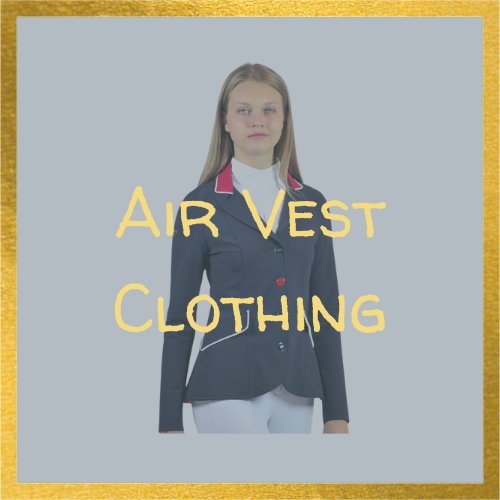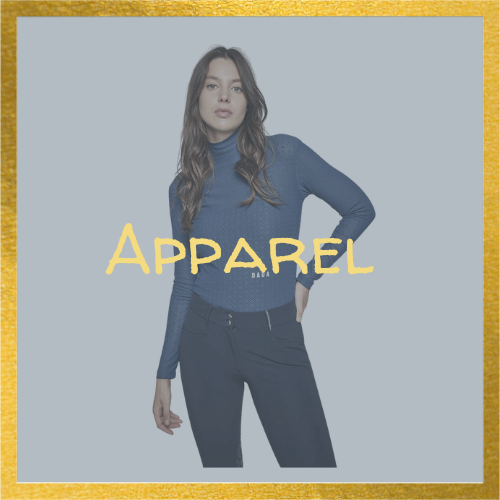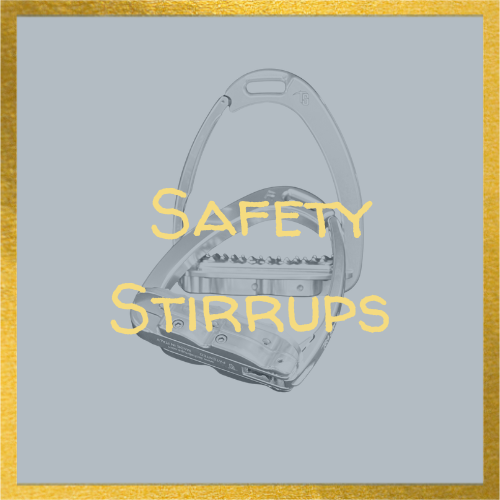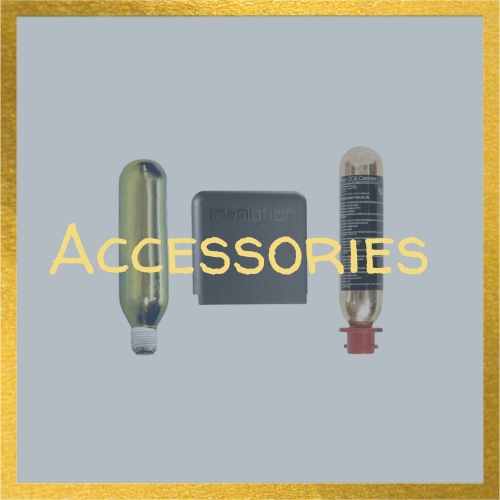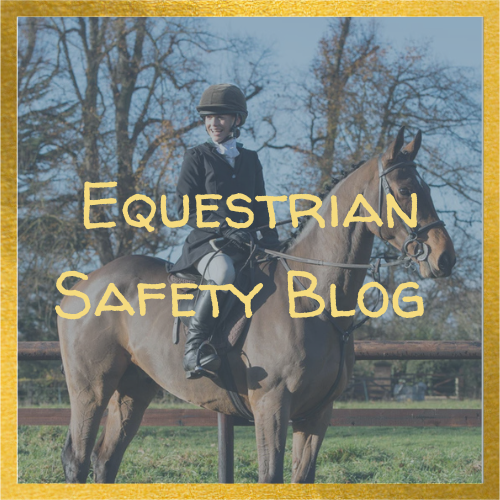There are several questions your safety fitter should be asking you when fitting you for an air vest or a body protector.
1) What discipline do you ride?
2) What size horse or pony are you riding?
3) What is your safety priority in terms of the type of fall that you're concerned about or the parts of your body that you're most concerned about protecting?
4) What do you wear in terms of layers during winter riding?
5) Do you prefer a more relaxed fit or a snugger fit?
6) Do you have any medical conditions that your fitter should know about?
Let's break these down a little bit more. In terms of disciplines - there are different types of vests out there for different purposes. If you're a hunter, jumper, or dressage rider, the recommendation about the type of vest might be different than if you're an eventer.
What size horse or pony are you riding? Especially in the case of an air vest, we need to make sure that the vest can trigger quickly enough and fully inflate before you reach the ground. That is going to be directly correlated to lanyard and saddle strap length. So, we need to make sure whatever brand or product we're getting you intoallows for the appropriate amount of adjustability.
What is your safety priority? So if somebody says my knee is my biggest safety priority, that doesn't really relate to what a body protector or air vest does. But for example, if somebody is most concerned about their neck, that automatically tells me that we're probably going to be looking at an air vest versus a body protector.
What do you wear during the winter? A body protector can be worn over just about anything, but we need to make sure that it's anchored and isn't going to move around. And when you start putting really puffy layers under it, that's going to impact fit. And for an air vest, the air vest must alwaysbe your outermost layer unless the outer layer is air vest compatible. So if somebody rides really cold in the winter and they need to be able to fit 20 different layers, it's going to change the sizing recommendation.
In terms of do you prefer a more relaxed or a more snug fit, there are so many different vests on the market that we can really get specific about how a person likes to feel in whatever product they're wearing. If I have somebody that likes to feel like their vest is giving them a big warm hug, I have great products for that. But if I have somebody that really prefers the baggy sweatshirt feel, we have something that's going to feel a little bit more like that.
Last, the medical conditions. This actually to me is the most important one, especially from an air vest perspective. For example, no offense, but if I see a rider of a certain age, we’re going to ask, do you have any sort of bone density issues? Because we’re going to fit an air vest a bit differently to make sure that the percussion of the vest going off isn't going to potentially do damage.
There's a vest that has a magnet in it and we want to make sure that even though while that magnet is really far from your heart, we’re not going to take any chances.
Those are some of the core questions that we ask when going through the fitting process and we feel that as a expert fitters, it's our responsibility to know what questions to ask to do the best job in getting our clients the most appropriate product for them.
If your fitter isn't asking these questions, then it might be good to be prepared and beable to ask those questions for yourself so you can make the most informed decision about the right product for you.


